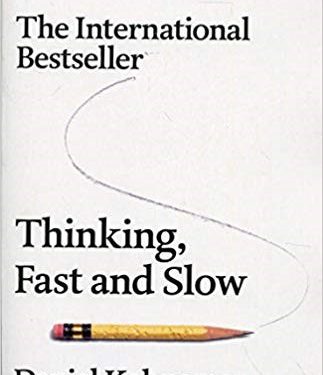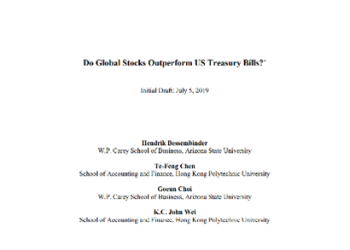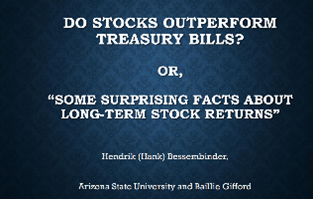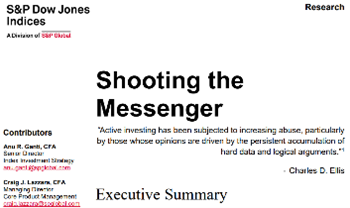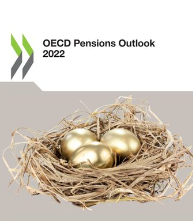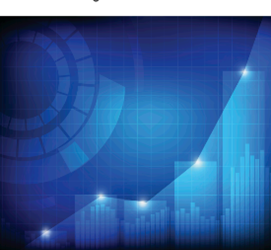Thinking, Fast and Slow is great reading for anyone interested in understanding the psychology that shapes the management of risk.
There are two ways we make choices: fast, intuitive thinking, and slow, rational thinking. This book reveals how our minds are tripped up by error and prejudice (even when we think we are being logical), and gives you practical techniques for slower, smarter thinking. It will enable to you make better decisions at work, at home, and in everything you do.
In Part Four – Choices, there is a series of chapters about how people make decisions involving money and risk. In most of the examples presented there is a financially optimal alternative.
Many people will not find that alternative because of the way the problem is cast and because of the exogenous factors: marginal utility; prospect theory; the endowment effect; bad events; the fourfold pattern; rare events; risk policies; keeping score; reversals; and frames and reality.
If we were to pick the book’s key ideas to be applied to this blog, it should be something like “save fast (early, planned and impulsively) and invest slowly (rationally, spend the most time in the market, avoid market noise and keep course, and be patient and not greedy)”. Get rid of fast and biased impulsive and emotional thinking and appeal and foster rational, focused and targeted thinking.
Daniel Kahneman, a winner of the 2002 Nobel Prize for Economics, has had an enormous impact on the disciplines of risk perception and behavioural economics.
Link: Thinking, Fast and Slow: Kahneman, Daniel: 8601200766745: Amazon.com: Books






